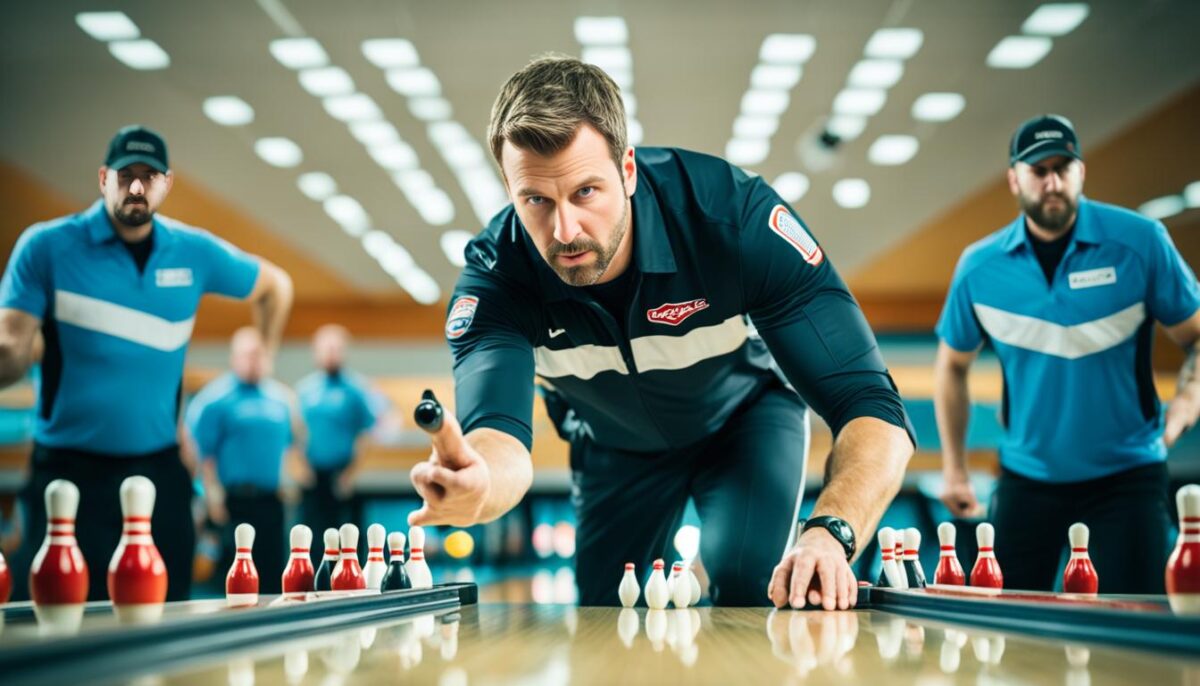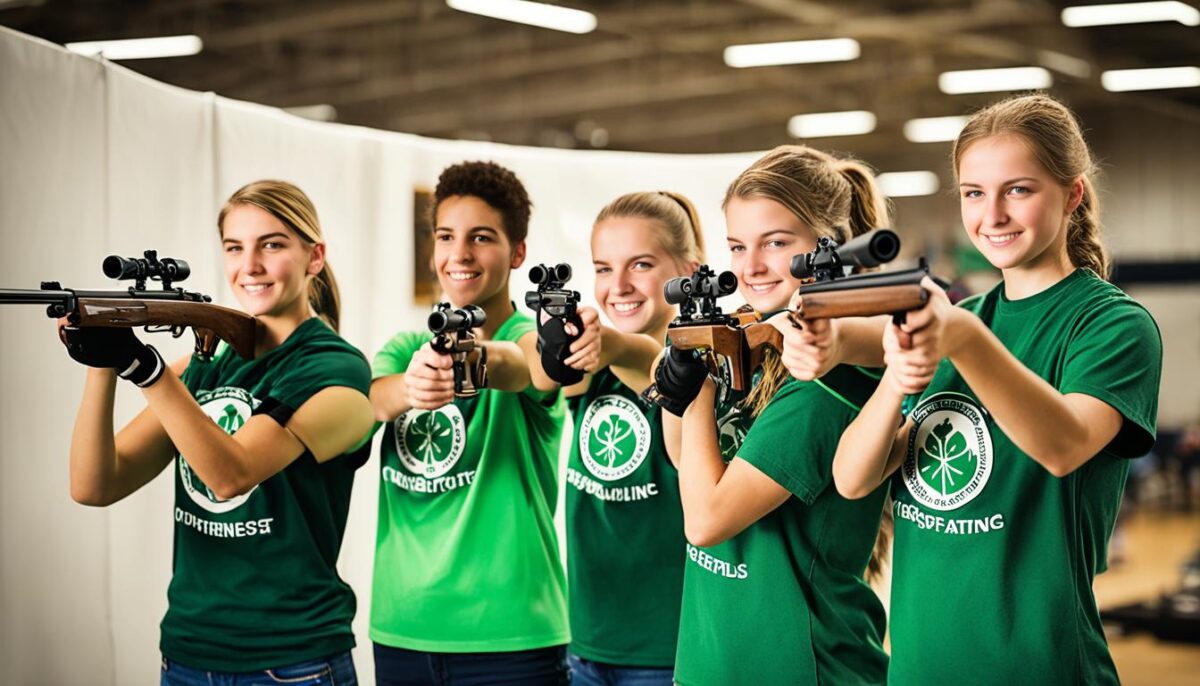Welcome to the world of sports photography, where capturing the action and preserving the true essence of the moment is paramount. One crucial factor in achieving breathtaking sports photos is getting the white balance right. Accurate white balance ensures that the colors in your images remain faithful and vibrant, allowing viewers to experience the energy and intensity of the game.
In this section, we will explore the importance of white balance in sports photography and provide you with techniques to figure out the optimal settings for different sporting environments. Understanding white balance and how it influences the colors in your photos is essential for every sports photographer. Whether you’re capturing a fast-paced soccer match on a sunny day or a thrilling basketball game under artificial lighting, nailing the white balance can make all the difference.
So, let’s embark on this journey to uncover the secrets of white balance when shooting sports. Learn how to determine the correct white balance settings, both in-camera and during post-processing, to produce stunning images that showcase the atmosphere, emotions, and vibrant colors of the game. Get ready to take your sports photography to the next level!
Understanding White Balance in Sports Photography
To master white balance in sports photography, it is essential to understand the concept of white balance itself. White balance refers to the adjustment of colors in a photograph to ensure that white objects appear truly white and other colors are accurately represented.
When shooting sports, getting the white balance right is crucial for capturing the true essence of the action and the vibrant colors of the environment. Every sporting event has its unique lighting conditions, which can vary from indoor arenas with artificial lights to outdoor stadiums with natural daylight. These variations in lighting introduce different color temperatures that influence the overall color cast of your photos.
To achieve accurate colors in your sports photos, it’s important to adjust your camera’s white balance settings according to the specific lighting conditions. The white balance setting acts as a reference point for the camera to interpret the colors in your scene correctly.
Understanding the impact of different color temperatures on your photos is key to mastering white balance in sports photography. Cooler temperatures, such as those found in indoor arenas or shaded areas, tend to have a bluish cast. On the other hand, warmer temperatures, like the golden hour light in outdoor sports, can introduce a more yellow or orange tint.

By balancing the color temperature with the correct white balance setting, you can ensure that the colors in your sports photos appear natural and true to life. This understanding allows you to capture the adrenaline-filled moments with accuracy, making your sports photographs truly captivating.
Why Is Proper White Balance Essential in Sports Photography?
“White balance is a fundamental aspect of sports photography as it impacts the overall mood and visual aesthetics of your images. Capturing accurate colors not only enhances the realism of the moment but also helps evoke the emotions associated with the sport.”
Now that we have covered the basics of white balance in sports photography, let’s explore different techniques to determine the optimal white balance for your sports images.
Techniques to Determine White Balance for Sports Photography
When it comes to capturing stunning sports photos, getting the white balance right is crucial. The correct white balance ensures that the colors in your images appear accurate and true to life. In this section, we will explore some valuable techniques to help you determine the optimal white balance settings for your sports photography.
1. Use a Gray Card or a Neutral Target
One effective technique to establish a custom white balance setting is to use a gray card or a neutral target. These tools provide a reference point for the camera to accurately detect and adjust the white balance. Simply hold the gray card or neutral target in the same lighting conditions as your subject, then use the camera’s custom white balance feature to set the appropriate settings. This ensures that the colors in your photos are rendered accurately and free from unwanted color casts.
2. Adjust White Balance Using Presets or Manual Settings
Another technique is to adjust the white balance using presets or manual settings. Many cameras offer preset white balance options such as daylight, cloudy, shade, and tungsten, among others. These presets are designed to compensate for the different color temperatures of various lighting conditions. Experiment with different presets to find the one that best suits the lighting situation of your sports photography. Alternatively, you can manually adjust the white balance settings by using the temperature and tint sliders in your camera’s menu. This allows for more precise control over the white balance and lets you fine-tune the colors according to your preferences.
3. Adapt to Changing Lighting Situations
For sports photographers, lighting conditions can change rapidly during a game or event. To ensure consistent and accurate white balance in such situations, it’s important to stay adaptable. Keep an eye on the lighting throughout the game and make adjustments as needed. Continuously monitor the white balance and use the techniques mentioned above to maintain accurate color representation. This will help you produce professional-looking sports photos that showcase the true essence of the event.
Summary
Determining the correct white balance for your sports photography is essential in capturing vibrant, true-to-life colors. By using a gray card or a neutral target, adjusting white balance presets or manually fine-tuning the settings, and staying adaptable to changing lighting situations, you can achieve stunning results in your sports photos. Experiment with these techniques and find the white balance that best showcases the dynamic and energetic nature of sports photography.
| Benefits of Determining White Balance for Sports Photography | Techniques to Determine White Balance |
|---|---|
| 1. Accurate representation of colors | 1. Use a gray card or a neutral target |
| 2. Elimination of unwanted color casts | 2. Adjust white balance using presets or manual settings |
| 3. Consistent and professional-looking results | 3. Adapt to changing lighting situations |
Enhancing White Balance in Post-Processing for Sports Photos
After capturing exhilarating sports moments, the next step is to fine-tune the white balance of your images through post-processing. This crucial phase allows you to perfect the colors in your sports photos and create an impactful visual experience for your audience.
When it comes to post-processing, there are several popular editing software options available. Adobe Lightroom and Capture One Pro are widely used for their comprehensive toolsets that include white balance adjustments. These powerful tools enable you to achieve the desired color rendition, enhancing the overall quality of your sports photos.
One technique to refine white balance in post-processing is selective adjustments. With this approach, you can target specific areas of the photo that may require color correction. By focusing on individual elements such as jerseys, flags, or backgrounds, you can ensure accurate and vibrant colors in those areas, thus elevating the impact of your sports images.
Additionally, learning color correction techniques can greatly benefit your post-processing workflow. Understanding color theory and the impact of different hues and tones on the overall composition allows you to create a cohesive visual narrative. Experimenting with color balance, saturation, and contrast adjustments can help you achieve the desired mood and atmosphere in your sports photos.



